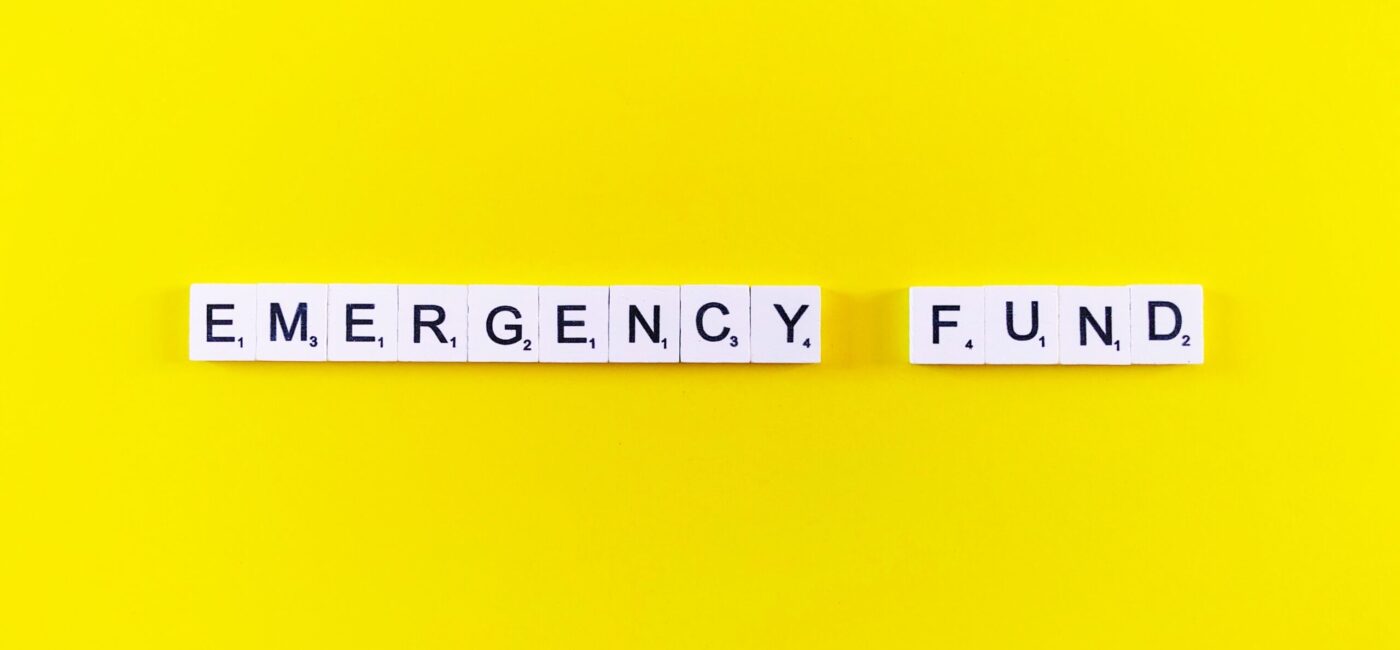In today’s unpredictable world, having a financial safety net is not just a smart move; it’s essential. Life throws unexpected curveballs, whether it’s a medical emergency, a car breakdown, or unforeseen job loss. That’s where an emergency fund comes into play. In this guide, we’ll delve deep into the art of building financial resilience with an emergency fund, a pillar of financial stability.
What is an Emergency Fund?
Simply put, an emergency fund is a stash of money set aside for unexpected expenses. It acts as a financial cushion, providing peace of mind and preventing you from falling into a financial abyss when life takes an unexpected turn. This fund is not your regular savings account; it’s a dedicated pool of money exclusively for life’s curveballs.
Why Do You Need an Emergency Fund?
Let’s face it; life is full of uncertainties. Your car’s transmission might give up on a highway, or you might suddenly face a hefty medical bill. In such moments, relying on credit cards or loans can be a risky proposition. An emergency fund is your financial superhero, ready to save the day when needed.
Here’s why having an emergency fund is crucial:
- Financial Peace of Mind: Knowing you have a safety net reduces anxiety and financial stress, allowing you to sleep better at night.
- Avoiding Debt: Without an emergency fund, you might resort to high-interest loans or credit cards, potentially burying yourself in debt.
- Swift Action: Having cash on hand enables you to tackle emergencies promptly, whether it’s a medical situation or a home repair.
- Maintaining Financial Goals: An emergency fund ensures that unexpected expenses won’t derail your long-term financial plans.
How to Start Building Your Emergency Fund
Now that we’ve established the importance of an emergency fund, let’s get practical and look at how to start building one.
Set Clear Goals
Begin by setting a financial goal for your emergency fund. Aim for at least three to six months’ worth of living expenses. This will provide a substantial safety net to cover most unexpected situations.
Create a Budget
To fund your emergency fund, you’ll need to allocate a portion of your income consistently. Create a budget that outlines your monthly expenses and identifies areas where you can cut back to divert funds into your emergency savings.
Open a Dedicated Account
It’s vital to keep your emergency fund separate from your regular checking or savings account.
Automate Your Savings
To ensure consistent contributions to your emergency fund, set up an automatic transfer from your main account to your emergency fund account. Treating it as a non-negotiable monthly expense makes it easier to build over time.
Increase Contributions Over Time
Start small if you must, but aim to increase your contributions as your financial situation improves. Windfalls like tax refunds or bonuses are excellent opportunities to give your fund a boost.
When to Use Your Emergency Fund
Knowing when to dip into your emergency fund is as crucial as having one in the first place. Emergency fund withdrawals should be reserved for genuine emergencies, such as:
- Medical Expenses: Unforeseen medical bills that your insurance doesn’t cover
- Job Loss: If you lose your job and need funds to cover your living expenses while you search for a new one,
- Car or Home Repairs: Unexpected repairs that are essential for your daily life
- Family Emergencies: To assist a family member facing a crisis.
Maintaining and Growing Your Emergency Fund
Building your emergency fund is a significant achievement, but the journey doesn’t end there. It’s essential to maintain and even grow it over time. Here’s how:
- Regularly Review Your Fund: Periodically assess your fund’s balance and adjust your contributions as needed. Life circumstances change, and your fund should adapt accordingly.
- Replenish After Use: When you dip into your emergency fund, make it a priority to replenish the withdrawn amount as soon as your financial situation stabilizes.
- Invest for Growth: Once your fund exceeds your immediate needs, consider investing a portion of it to generate more significant returns. Consult with a financial advisor to explore safe investment options.
- Stay Disciplined: It’s easy to dip into your emergency fund for non-emergencies. Stay disciplined and use it only for genuine unforeseen situations.
Conclusion
In an unpredictable world, an emergency fund is your financial shield against life’s unexpected challenges. It offers peace of mind, financial security, and the ability to navigate rough waters with confidence. So, start building your emergency fund today and take the first step toward financial resilience. Remember, it’s not just about having the fund; it’s about knowing when and how to use it wisely. Your future self will thank you for your foresight and discipline.

